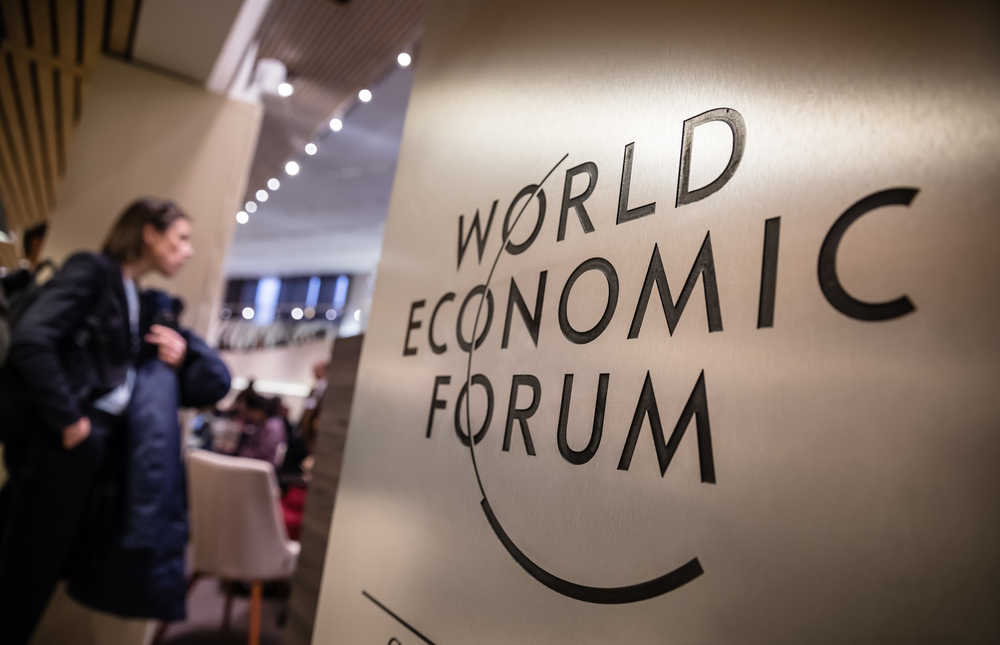
We could not find any results for:
Make sure your spelling is correct or try broadening your search.
| Name | Symbol | Market | Market Cap ($) | Algorithm |
|---|---|---|---|---|
| Bitcoin | BTCUSD | Crypto | 1,307,211,849,934 | SHA-256d |
| Price Change | Price Change % | Current Price | Bid Price | Offer | |
|---|---|---|---|---|---|
| -1,020.35 | -1.51% | 66,584.12 | 66,589.41 | 66,589.42 |
| High Price | Low Price | Open Price | Prev. Close | 52 Week Range |
|---|---|---|---|---|
| 67,786.84 | 65,945.86 | 67,588.16 | 67,604.47 | 24,900.00 - 73,835.57 |
| Exchange | Last Trade | Size | Trade Price | Currency |
|---|---|---|---|---|
| GDAX | 16:33:29 | 0.000021 | 66,432.51 | USD |

Bitcoin Global News (BGN)
April 9, 2019 -- ADVFN Crypto NewsWire -- Published as a contribution project in support of The World Economic Forum, “Central Banks and Distributed Ledger Technology:How are Central Banks Exploring Blockchain Today?” breaks down exactly what is happening among global financial institutions in regards to blockchain technology and digital currencies. The white paper is expressly an exploration in the field, and does not represent the particular views of the World Economic Forum, the entirety of its Members, Partners or other stakeholders.
Who is experimenting?
Central banks are certainly conducting several research projects and pilots with blockchain technology. But the degree of depth, progress and interest across these efforts has extreme variation. Whereas the Bank of France has already fully deployed blockchain technology, others are only doing surface level research. Other examples:
Bank of Canada, Bank of England, and Monetary Authority of Singapore (MAS) have published multiple in-depth research reports and technology pilot projects with DLT
Bank of England was the first central bank to publish research on DLT in 2014 - “The economics of digital currencies” and “Innovations in payments technologies and the emergence of digital currencies”
Bank of Canada’s Project Jasper and the MAS’s Project Ubin pilots both investigate CBDCs implications on efficiency, performance and resilience in domestic interbank payments
The three above mentioned central banks published multilateral research - “Cross-border interbank payments and settlements”
European Central Bank (ECB) and Bank of Japan conducted a joint pilot in 2016 - Project Stella explores domestic interbank payments and settlements and rapid interbank trading and settlement of securities for cash via the technology
What is the technology working toward?
The white paper highlights 10 of the most common and important financial areas that could be improved by blockchain related technologies.
Retail central bank digital currency (CBDC) – A central bank-issued digital currency that is operated and settled in a peer-to-peer and decentralized manner, which serves as a complement or substitute for physical cash and traditional bank deposits.
Wholesale central bank digital currency (CBDC) – Central bank-issued digital currency that is available only for commercial banks and clearing houses for the wholesale interbank market.
Interbank securities settlement – Application of blockchain-based digital currency that allows rapid interbank clearing and settlement of securities for cash. Allows two parties trading an asset, such as a security for cash, to conduct the payment for and delivery of the asset simultaneously.
Payment system resiliency and contingency – Used as a back-up domestic interbank payment and settlement system from threats, including technical or network failure, natural disaster, cybercrime, and other threats.
Bond issuance and lifecycle management – Digital bond auction, issuance, or other lifecycle processes, where central banks or government regulators could be “observer nodes.”
Know-your-customer and anti-money-laundering – Digital KYC/AML processes that streamline payments and identity across a myriad of platforms.
Information exchange and data sharing – Alternative systems for information and data sharing between or within related government or private sector institutions.
Trade finance – Decentralized database allowing customer information and transaction histories are shared between participants in the decentralized database while maintaining privacy and confidentiality where needed.
Cash money supply chain – Issuing, tracking and managing delivery and movement of cash from production facilities to the central bank and commercial bank branches, along with ordering, depositing or movement of funds.
Customer SEPA Creditor Identifier (SCI) provisioning – Blockchain-based decentralized sharing repository for SEPA credit identifiers managed by the central bank and commercial banks in the SEPA debiting scheme.
By: BGN Editorial Staff
1 Year Bitcoin Chart |
1 Month Bitcoin Chart |

It looks like you are not logged in. Click the button below to log in and keep track of your recent history.
Support: +44 (0) 203 8794 460 | support@advfn.com
By accessing the services available at ADVFN you are agreeing to be bound by ADVFN's Terms & Conditions